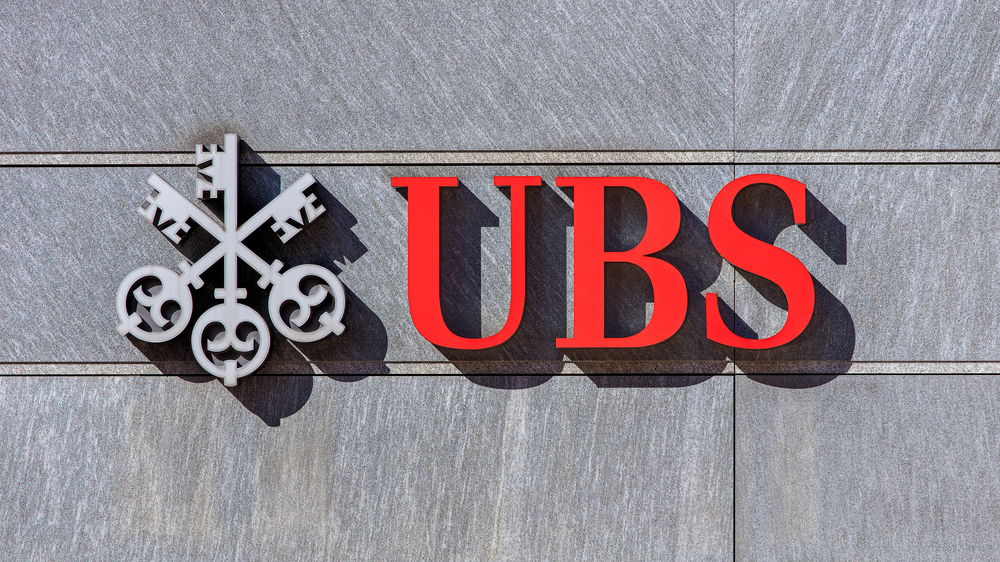Six Global Banks Join UBS’ Digital Currency Project; Aims to ‘Go Live’ in 2018

The ‘utility settlement coin’, a digital currency token developed by UBS has gained the interest of six of the world’s biggest banks as it shifting gears to a new phase of development ahead of a planned limited launch in 2018.
Per a Financial Times today, Swiss banking giant UBS – the developer of the utility settlement coin – is in talks with a number of central banks toward adoption of its digital currency tokens.
First reported in late 2015, the ‘utility settlement coin’ was developed as digital token that enabled financial institutions to swap value including equities, bonds and payments in digital tokens without the actual transfer of fiat cash. These digital tokens are designed to be convertible into different fiat currencies directly at their corresponding central banks, with all transactions recorded on a blockchain.
A year ago, three global banks joined UBS’ endeavor to develop and introduce a digital token geared for settlements in the global banking industry. BNY Mellon, Deutsche Bank and Santander came onboard the blockchain-based project to “dramatically enhance the payments experience,” as BNY Mellon put it.
Today’s report reveals six additional big banks joining the working group, namely: Barclays, Credit Suisse, Canadian Imperial Bank of Commerce, HSBC, MUFG and State Street.
Central Bank Talks
According to UBS head of FinTech Hyder Jaffrey, the project is now moving into a new phase of development where its member banks are in talks with central banks around the world toward supporting the digital token.
Jaffery told FT:
We have been in discussions with central banks and regulators and we will continue that over the next 12 months with the aim of a limited ‘go live’ at the back end of 2018.
The UBS executive also revealed details of the immediate application of the digital currency following its launch next year. Participating banks will be able to use the utility settlement coin to pay each other, almost instantly, in different currencies. ‘If one bank owed $100 million to a rival with a £50 million debt in the other direction, the two institutions could transfer the money almost instantly using the new coins,” an excerpt from the report explained.
For settlement in securities trading, Jaffery insists that the securities would need to be transferred and accessible over a blockchain first before utility settlement coins are introduced to settle bonds and more. This necessity points toward a lack of compatibility toward existing infrastructure, hinting at the need for a complete overhaul before the settlement coin gains adoption.
Further, a number of central banks have already started developing their own digital currencies. After announcing plans toward a blockchain-based interbanking payments platform last year, Singapore’s central bank revealed details of its digital dollar trial over an Ethereum blockchain in June this year. China’s central bank also completed its digital currency trial over a blockchain this year, after publicly stating its intention to issue its own digital currency “as soon as possible” in early 2016.
The UBS executive admits that central bank digital currencies could prove a death kneel for the bank’s utility settlement coin. However, he sees the introduction of national digital currencies to take “many years” due to many “public policy questions” he believes will surface before the issuance of a central bank-issued digital currency.
Featured image from Shutterstock.